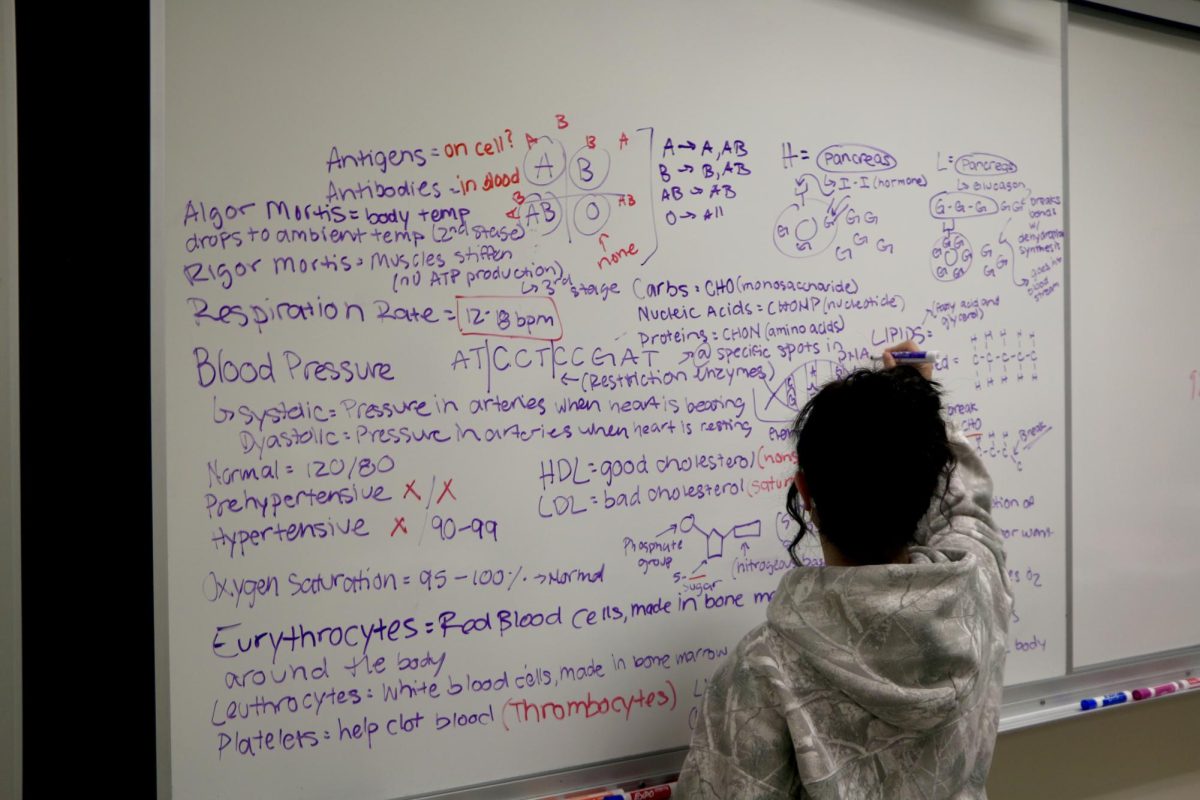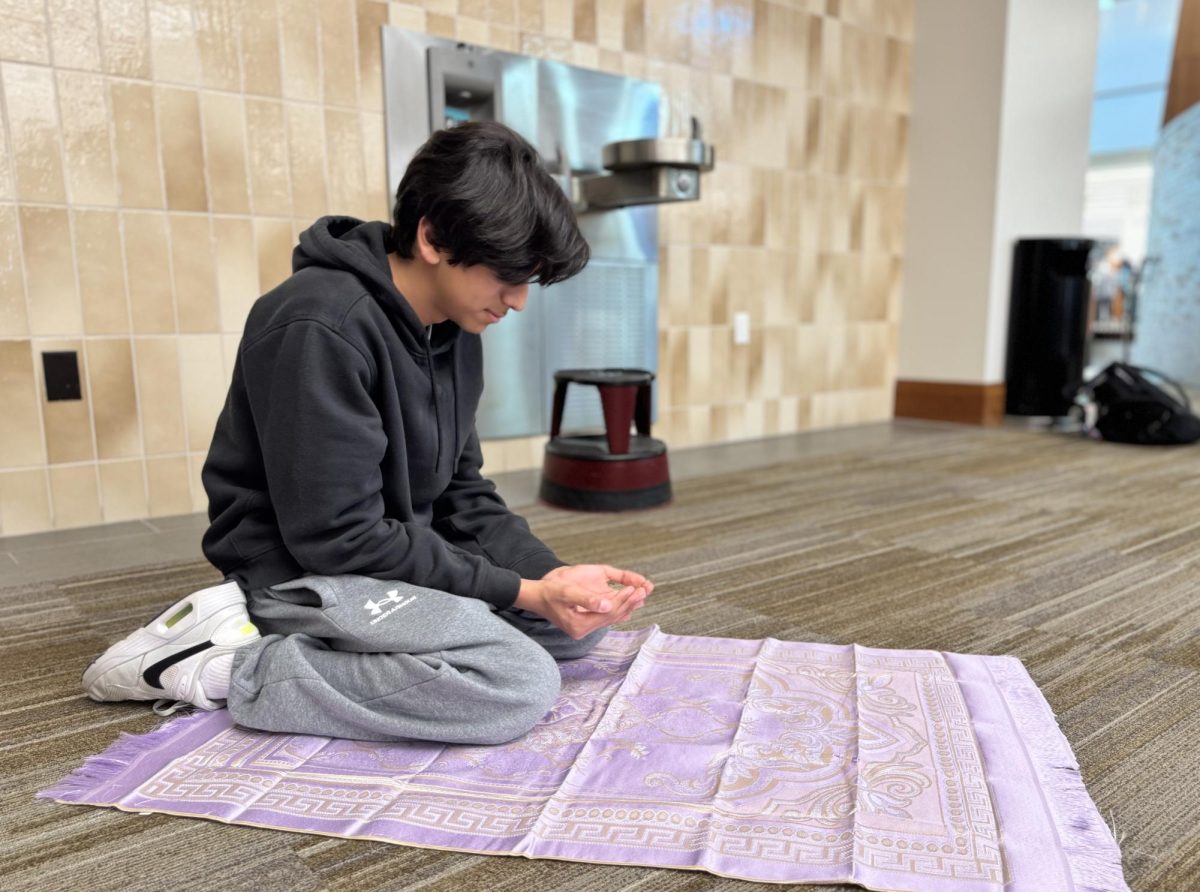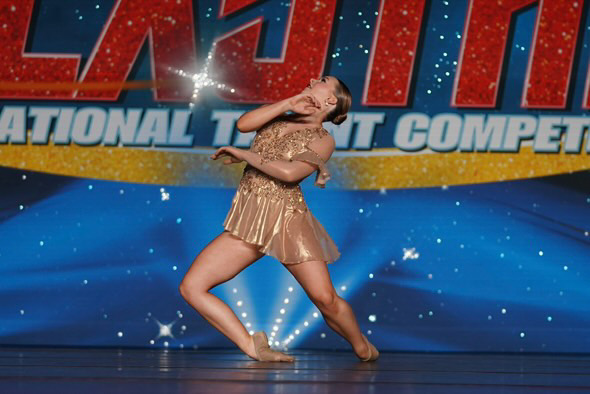Walking into the theater to watch “Saturday Night,” I wouldn’t consider myself a “Saturday Night Live” (SNL) fan. I have never watched an episode in its entirety, and could probably name only ten cast members if I was asked to. Despite my lack of knowledge, I left feeling like I had a newfound appreciation for a show I had never seen.
“Saturday Night” sets out to tell the events leading up to the first-ever broadcast of SNL, specifically the 90 minutes before going live. The story is told through the eyes and ears of Lorne Michaels, show creator and producer, portrayed by Gabriel LaBelle, as he frantically runs around to deal with each and every problem that emerges on set. Quickly, things turn catastrophic. During the dress rehearsal, the lighting breaks, causing a fire on set, the sound system goes out, cast members begin physically assaulting each other, and crew members end up revolting. Showrunners also have to deal with pressure from studio executives who fail to understand the purpose of the show, threatening to air a rerun of a Johnny Carson episode instead of the live broadcast.
The whole cast is exceptional in their individual roles. Rachel Sennot is lovable as Rosie Shuster, writer of the show as well as Lorne’s wife. Cooper Hoffman portrays Dick Ebersol, co-creator of the show, who balances out Lorne’s trepidation. For their part, the actors playing the cast members of the first season are standouts. Lamorne Morris is a talented Garrett Morris (no relation), Dylan O’Brien plays a convincing Dan Aykroyd, and Emily Farin is animated as Gilda. Most notably, Cory Michael Smith embodies the young, quick-witted and confident Chevy Chase.
“Saturday Night” is fun. As a viewer, the movie puts you in the action as if you were really witnessing the night play out in real-time. From the start, you can feel the chaotic energy, which is kept up throughout its entirety – the tension doesn’t let up until the credits roll. Much of the immersion is made possible by the impressively realistic production and set design, which feels like you are really roaming around the halls of the 30 Rockefeller Center. To capture the anxiety-filled night, the film is supplemented with handheld, frantic camera movement that some may find dizzying, as well as stellar, fast-paced editing. Shot on 16 mm film, it serves beautifully to create a sense of nostalgia for the 1970s.
Admittedly, “Saturday Night” takes on more than it can handle. In a 109-minute run time, characters don’t feel entirely fleshed out, and conflicts aren’t all resolved by the end. The focus stays on Michaels, but even then, he has to deal with the cast, the crew and the studio. We also get glimpses of the state of his relationship with his wife, Rosie. That doesn’t even account for the ensemble of actors who all have their own issues, like Garrett, who struggles to find his purpose on the show, or Chevy, who seeks opportunity and success from NBC executives. Their stories, while equally interesting, are put on the back burner.
50 seasons and over 900 episodes later, we know that SNL made it to air that night. But that doesn’t take away from the tension of “Saturday Night.” It may not be a groundbreaking, or even accurate look at sketch comedy, and won’t completely change how fans view SNL, but “Saturday Night” sure is entertaining.
On this blog, members of the Carmel High School chapter of the Quill and Scroll International Honorary Society for High School Journalists (and the occasional guest writer) produce curations of all facets of popular culture, from TV shows to music to novels to technology. We hope our readers always leave with something new to muse over. Click here to read more from MUSE.































![AI in films like "The Brutalist" is convenient, but shouldn’t take priority [opinion]](https://hilite.org/wp-content/uploads/2025/02/catherine-cover-1200x471.jpg)













































![Review: “The Immortal Soul Salvage Yard:” A criminally underrated poetry collection [MUSE]](https://hilite.org/wp-content/uploads/2025/03/71cju6TvqmL._AC_UF10001000_QL80_.jpg)
![Review: "Dog Man" is Unapologetically Chaotic [MUSE]](https://hilite.org/wp-content/uploads/2025/03/dogman-1200x700.jpg)
![Review: "Ne Zha 2": The WeChat family reunion I didn’t know I needed [MUSE]](https://hilite.org/wp-content/uploads/2025/03/unnamed-4.png)
![Review in Print: Maripaz Villar brings a delightfully unique style to the world of WEBTOON [MUSE]](https://hilite.org/wp-content/uploads/2023/12/maripazcover-1200x960.jpg)
![Review: “The Sword of Kaigen” is a masterpiece [MUSE]](https://hilite.org/wp-content/uploads/2023/11/Screenshot-2023-11-26-201051.png)
![Review: Gateron Oil Kings, great linear switches, okay price [MUSE]](https://hilite.org/wp-content/uploads/2023/11/Screenshot-2023-11-26-200553.png)
![Review: “A Haunting in Venice” is a significant improvement from other Agatha Christie adaptations [MUSE]](https://hilite.org/wp-content/uploads/2023/11/e7ee2938a6d422669771bce6d8088521.jpg)
![Review: A Thanksgiving story from elementary school, still just as interesting [MUSE]](https://hilite.org/wp-content/uploads/2023/11/Screenshot-2023-11-26-195514-987x1200.png)
![Review: "When I Fly Towards You", cute, uplifting youth drama [MUSE]](https://hilite.org/wp-content/uploads/2023/09/When-I-Fly-Towards-You-Chinese-drama.png)
![Postcards from Muse: Hawaii Travel Diary [MUSE]](https://hilite.org/wp-content/uploads/2023/09/My-project-1-1200x1200.jpg)
![Review: "Ladybug & Cat Noir: The Movie," departure from original show [MUSE]](https://hilite.org/wp-content/uploads/2023/09/Ladybug__Cat_Noir_-_The_Movie_poster.jpg)
![Review in Print: "Hidden Love" is the cute, uplifting drama everyone needs [MUSE]](https://hilite.org/wp-content/uploads/2023/09/hiddenlovecover-e1693597208225-1030x1200.png)
![Review in Print: "Heartstopper" is the heartwarming queer romance we all need [MUSE]](https://hilite.org/wp-content/uploads/2023/08/museheartstoppercover-1200x654.png)


![Review: “Saturday Night” is a chaotic and thrilling look at the origins of “Saturday Night Live” [MUSE]](https://hilite.org/wp-content/uploads/2024/10/snl-1200x800.jpg)